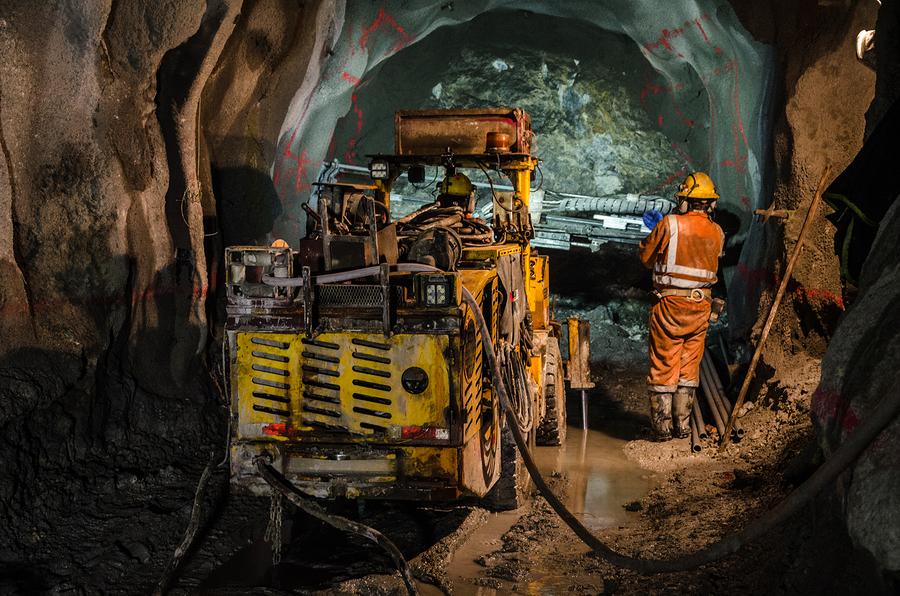Mining is one of the oldest industries in the world and has gone through its fair share of technological advancements. The advent of underground WiFi was a revolution in and of itself, acting as a digital lifeline. But today, the industry is getting even more connected by equipping workers with wearable technology.
Wearables are still finding their footing in the industry, but they have far-reaching implications for the future of mining. Here’s the current state of wearable tech in the mining industry and what the future could hold.
Wearable tech — making mining safer
Modern mines are a far cry from the gritty Appalachian coal operation most people think of, but the industry is still incredibly dangerous. Occupational hazards like ground failures, hazardous substance exposure, and confined spaces can’t be eliminated with any amount of technology. But what wearable tech can do is monitor workers and their surroundings to prevent accidents before they occur.
The safe miner
Miners of the future won’t just be wearing a Fitbit. Smart glasses, helmets, and even clothing are examples of cutting-edge wearables to keep miners safe.
Here are some examples:
- Smart helmets can monitor levels of methane, carbon monoxide, diesel fumes, and radiation, alerting workers when they’re being exposed to dangerous levels of hazardous substances.
- Some body-mounted wearables can be equipped with RFID (radio-frequency identification) tags to track location, which is beneficial during both everyday operations and emergency situations.
- Wearables equipped with personal “body” sensors can measure biometrics like heart rate, brain activity, and body temperature. They can be used to manage worker fatigue and keep tabs on workers with health conditions.
The connected worksite
The Internet of Things (IoT) is making job sites more connected, and wearable technology will become another viable source of data at the mines of the future. With sensors monitoring air quality, hazardous substances, and workers themselves, safety managers will have a real-time, big-picture view of the interaction between the environment and worker health. And when safety and environmental data are paired with information sourced from equipment-based sensors, we’ll be able to “optimize how humans and machines work together to improve the overall safety and efficiency of underground mining operations.”
Worth the investment?
The overarching question of investing in new technology is always, “Is it worth it?” As with any emerging technology, it depends on your business goals.
On the surface level of safety management, you can ask yourself two questions:
-
- What is worker safety and environmental data worth to you?
- How much would you invest for your staff to know when they’re in danger?
You can use data collected on a daily basis to implement preventative safety measures, populate robust reporting, and build out comprehensive worker training. Having peace of mind that workers will know they’re in danger — especially in situations with silent hazards like carbon monoxide or respirable silica dust — is invaluable.
On the business side, there’s a financial benefit to equipping your worksite and your workers with data-hungry sensors. Golnar Pooya, managing director for IoT strategy at Accenture in San Francisco, points out, “hybrid solutions are measuring worker biometrics/stress, broadcasting safety-related data to employees from IoT devices, and warning workers about hazards. This in turn lowers insurance cost and corporate liability, as well as reducing numbers of accidents.”
—
Interested in implementing wearable tech into your mining safety program? TriMedia’s safety professionals can get you started.


